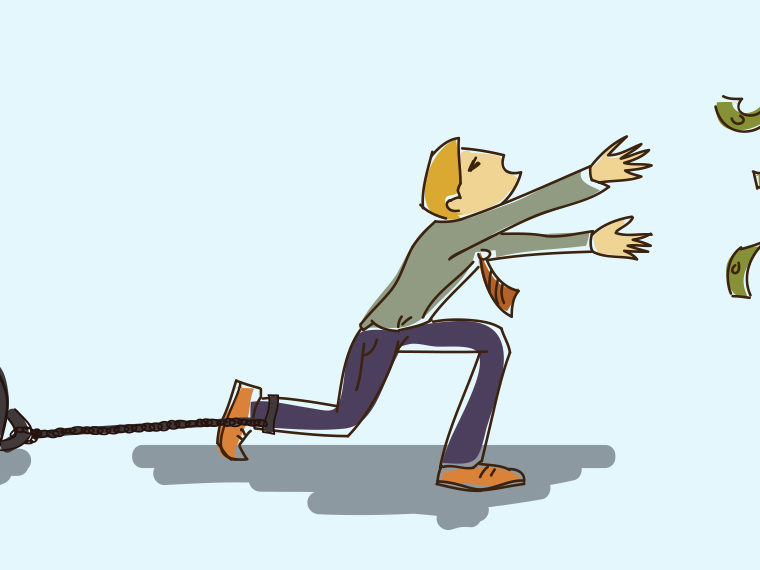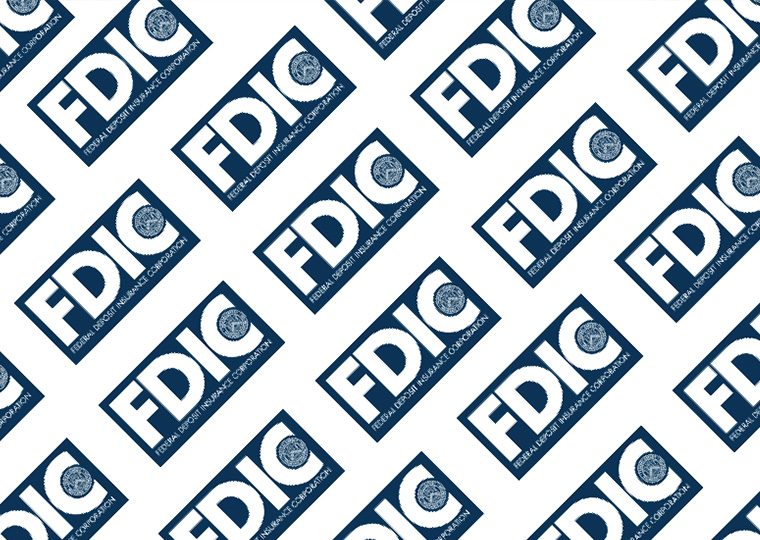Researchers’ model could quantify the risks in the growing movement to ease up on Dodd-Frank regulations
It’s hard to imagine a functioning economy without a robust banking sector. So governments provide big backstops: in the case of the U.S., federal deposit insurance so bank customers don’t worry about leaving their money in an account; and liquidity assistance, in the form of bank access to Federal Reserve funds. And, in extreme instances, money from the Treasury, when panics occur around an institution or system-wide.
The peace of mind to depositors is enormous. But what’s all that worth to banks and their shareholders, and can government guarantees’ value be weighed separately from what might be termed the “franchise value” of the bank’s business? In other words, when looking at the stock price of JPMorgan Chase ( JPM) or Wells Fargo ( WFC), can we say how much of the price represents the business and how much is Uncle Sam’s backing?
That’s the difficult task taken on, in a working paper, by UCLA’s Andrew G. Atkeson, Andrea Eisfeldt, and Pierre-Olivier Weill, along with Adrien d’Avernas of the Stockholm School of Economics. In particular, they seek to relate those separate components of value — franchise and government guarantees — to a crucial bank investment metric called price-to-book value; as in: a $60-per-share stock price and $40-per-share of book value (also known as shareholders’ equity) results in price-to-book ratio of 1.5.
Opt In to the Review Monthly Email Update.
Price-to-book ratio, or market-to-book, is the balance sheet cousin to the income statement’s price-to-earnings ratio, each a way of comparing market value to accounting value. Market and accounting values can provide reality checks on each other.
Being able to estimate the market value derived from government support would offer a valuable risk-monitoring tool for investors, regulators and others. And the work is timely. Just now, the banking industry is intensifying a years-long campaign to soften regulations, known as Dodd-Frank, put in place after the industry’s near collapse and federal bailout in 2008. The restrictions are too tight, bankers argue, reducing profits and limiting banks’ ability to make loans that spur the economy.
Critics, meanwhile, think banks want to return to their risky ways and stick the government with the potential fallout.
Price-to-book has long been followed by banks and their investors, and for many years the ratio was low — in the neighborhood of 1.0 from 1970 to 1985. Banks, during much of that period, were higher-cost, lower-risk, regulated entities. The paper’s authors needed a yardstick for risk. Risk and reward, of course, are opposite sides of the same coin. So they chose so-called excess accounting returns, or the return-on-equity above what one would realize by investing in risk-free assets (think Treasury securities). For the period 1970 to 1985, that figure was just 2.62 percentage points, a slim margin, indicating a lower-risk industry.
By the mid-1990s, our staid old banks had seemingly transformed themselves, most noticeably by consolidating to achieve claimed economies of scale and, in some instances, reduce competition; cutting costs, including reducing headcounts; and charging lots of fees that boosted income. Between 1997 and the second quarter of 2007, investors, taking note of this transformation, awarded the banking sector a price-to-book ratio that averaged 2.06. During this period, the excess accounting returns were a whopping 7.81 percentage points. Because of consistent profits and few bank failures, the wider investment world regarded banks as low-risk during this period. But the returns, the authors note, signal a significantly higher risk profile.
Indeed, trouble was brewing. In 2008, the U.S. banking sector required a historic bailout, as mortgages gone bad and other poor moves threatened the banks and the entire economy. Losses piled up, and then profits were skimpier coming out of the crisis, and regulators insisted on more conservative management — notably, larger cushions of capital. Post-crisis, there has also been regulatory talk of not bailing out banks going forward, but rather liquidating them. For the period 2011–2017, the price-to-book ratio averaged 1.19, back to the dreary old days. But risk taken on didn’t fall nearly as much as the market values: The excess accounting return for this period remains a very substantial 5.96 percentage points, hardly the sign of a low-risk institution.
As evidence of continuing risk, the authors note that subordinated debt securities issued by banks, despite bigger capital positions, trade at a wider spread from the high-quality debt issued by non-bank companies than before the crisis. (The three time periods examined exclude years of crisis and upheaval. The authors wanted the analysis to correspond to more normal conditions.)
With more capital, banks are less leveraged today. But owing to the risk in their assets, the authors assert, “Current data suggest that bank equity and subordinated debt would again be wiped out in a credit crisis of the magnitude of 2008.”
There is, of course, a conundrum around tightened banking regulations. Less leverage means lower profits. And profits build a capital base that stands between losses and government bailouts. But the recent history of lax regulation isn’t encouraging: a period of higher profits, with a good portion of those paid out to shareholders in the form of dividends and stock buybacks, and then, in a crisis, collapse into the arms of government.
A 2016 paper co-authored by former Treasury Secretary Lawrence Summers also opined that, despite lower leverage and higher capital requirements, various market measures of risk among big banks have not declined since the financial crisis. A problem Summers and Natasha Sarin, a Harvard Ph.D. candidate, identify is banks’ falling franchise values, which, going forward, effectively reduces a bank’s ability to produce profits to weather big losses during a crisis.
What the UCLA-led research sought to understand is how much of bank returns — and thus of the price-to-book ratio — actually hinges on the franchise, and how much merely capitalizes on banks’ extraordinary government support.
To do that, the authors built models. One model assumes no franchise value at all, to starkly illustrate the value of government support. All of the bank’s assets and liabilities consist of marketable securities that any entity could acquire. With government guarantees’ lowering its cost of funds (deposits), however, this model bank, with an equity capital base of 10 percent of total assets, could achieve a 13.6 percent return on equity simply by buying BBB-rated corporate bonds. And that return would accord the model bank a price-to-book ratio of 2.0. (Regulators, of course, frown on banks that don’t do much actual lending.)
The authors then engage in a detailed ranking of the risks of all assets and liabilities on bank balance sheets and determine which, in whole or in part, contribute to franchise value and which to the value of the government guarantee.
Most bankers won’t like the results: “Quantitatively, about half of the elevated market values of banks from the mid-1990s to 2007 arose from the ability of bank equity holders to capitalize the value of the government safety net.” The extra 1.06 in market-to-book value during 1997–2007 is the sum of 0.48 percentage points from the valuation of profitability, and 0.58 percent from the value of government guarantees.
For 2011–2017, the 0.19 market premium above book value had a similar breakdown, with 0.10 attributed to a profit premium and 0.09 coming from the valuation of government guarantees.
“The reduction in banks’ market-to-book ratios has an upside, namely, a lower liability forcing taxpayers to bail out bank debt and deposits in a crisis,” the authors write.
That not-small consideration led the team to conclude that any effort to ease regulation should be “met with caution.” They add, regarding a period of lax regulation and higher profits: “The temptation will be to interpret this increase in bank valuations and accounting profitability as a restoration of bank franchise value previously damaged by regulation. Instead, we argue that it would properly be interpreted as a return to the days in which taxpayers had a large contingent liability to bail out banks in a crisis.”
Featured Faculty
-
Andrew G. Atkeson
Stanley M. Zimmerman Professor of Economics and Finance
-
Andrea L. Eisfeldt
Laurence D. and Lori W. Fink Endowed Chair in Finance and Professor of Finance
-
Pierre-Olivier Weill
Professor of Economics
About the Research
Atkeson, A.G., d’Avernas, A., Eisfeldt, A.L., & Weill P.-O. (2018). Government guarantees and the valuation of American banks.





